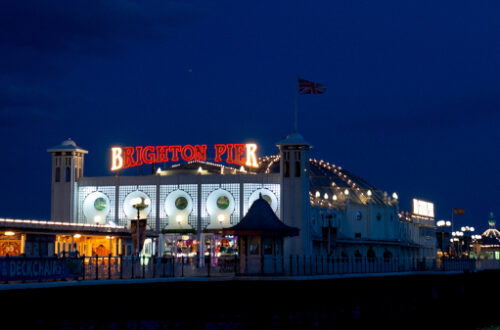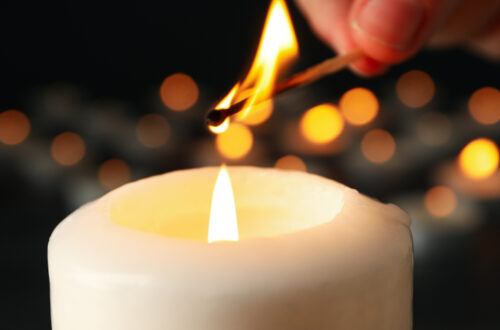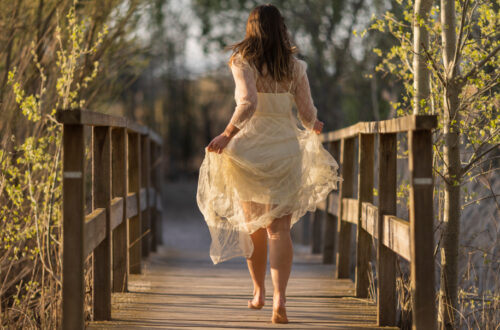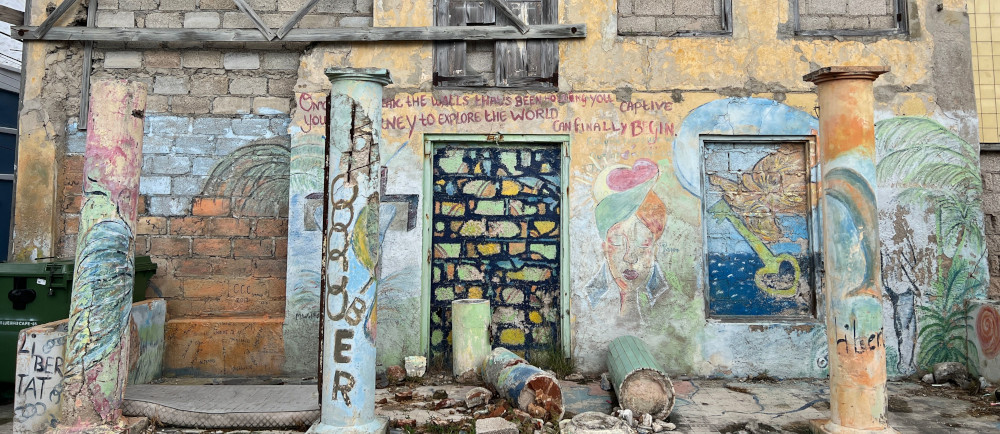
The Quiet Hustle, How Township Artists Are Reimagining Public Space
Walk down almost any main road in South Africa’s larger townships, Soweto, Khayelitsha, Mdantsane, and between the taxi ranks, fruit vendors, and spaza shops, you’ll see it. Not just walls. Not just street signs. Art. Layers of it. Mural work stretching across old school facades. Spray-painted slogans sliding beneath peeling posters. Sculptures welded together from scrap metal, standing like quiet sentinels in alleyways no tourist brochure ever mentions.
For years, township public space was defined by a kind of utilitarian rawness. Corrugated iron fences. Concrete footpaths. Painted but mostly blank municipal buildings. Now, slowly and often unofficially, township artists are transforming that fabric, not in galleries, not in studios, but out in the open where everyone can see it. And crucially, where everyone can touch it.
There’s no fixed name for this scene. It isn’t “street art” in the slick, curated way it appears in Cape Town’s tourist districts. It isn’t quite activism either. It sits somewhere between hustle, pride, and quiet rebellion. Young muralists painting township elders’ faces on community halls. Welders crafting metal benches shaped like Zulu shields. Even subtle things, stylised signage on food stalls, beadwork integrated into streetlamp covers. This is public art as lived-in design. As township identity, reshaped for a digital era.
A lot of this movement comes from a generation of artists who grew up in the mobile-first world. Many started sketching with their fingers on phone screens before moving to actual walls. Instagram and TikTok gave their early work a platform, but it’s on the streets that these artists say it feels real. Kagiso, a 26-year-old self-taught muralist from Katlehong, puts it like this, “You can post a painting online and get likes. But when it’s outside, by the taxi rank, it’s part of life. Kids touch it. Old ladies comment. It stays alive.”
Another factor is the sheer accessibility. Formal galleries in Johannesburg or Durban are still distant worlds for many township creators. Painting on a community centre wall doesn’t require gatekeepers. It just requires paint, courage, and a ladder. Unlike corporate-funded street art in city centres, township public art relies on hustle-sourced materials. Rusted sheet metal becomes sculpture. Leftover billboard paint gets repurposed for mural work. Some artists describe collecting spray paint canisters from hardware store rejects, half-full and sold cheap.
This DIY ethic adds another layer of texture to the work. It isn’t polished. It isn’t mass-produced. And that roughness is part of its visual language. Township public art mirrors township life, layered, resourceful, a mix of sharp edges and vibrant colour. In some areas, local businesses have become unlikely patrons. Barbershops, food stalls, taverns, they hire artists to paint bold signage, commission wall pieces, or decorate outdoor seating. Not as charity, but as smart branding.
A township car wash in Umlazi might feature an intricate mural of classic cars woven with Ndebele patterns. A fast-food shack in Alexandra might have its menu spray-painted by a local crew, giving it a distinctive, shareable look. This crossover between art and commerce isn’t new. But in the township context, it carries an extra resonance, art as survival. Art as everyday function, not luxury.
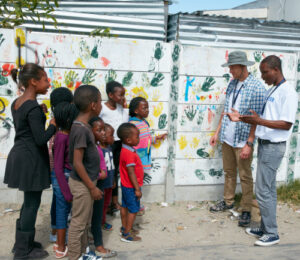 Crucially, this is art created for, and often by, the community itself. It doesn’t arrive as a surprise from outside artists parachuting in for a weekend project. It grows from within. That also means it gets judged hard. If a mural doesn’t reflect local pride or if it feels too abstract, people will say so. Township residents aren’t shy about voicing opinions, and that feedback loop keeps artists grounded.
Crucially, this is art created for, and often by, the community itself. It doesn’t arrive as a surprise from outside artists parachuting in for a weekend project. It grows from within. That also means it gets judged hard. If a mural doesn’t reflect local pride or if it feels too abstract, people will say so. Township residents aren’t shy about voicing opinions, and that feedback loop keeps artists grounded.
There are moments when this dialogue becomes openly political. Walls are repainted to reflect local elections. Graffiti slogans rise up after service delivery protests. The boundary between art and activism blurs easily here, but always with an underlying sense of ownership.
At its core, township public art today is about reclaiming space. Turning what was once seen as purely functional, even ugly, into something layered with history, humour, and dignity. It’s a quiet response to the structural legacy left behind by apartheid-era urban planning, where township spaces were intentionally under-resourced, under-designed, left visually blank.
Now, those same walls and public squares carry portraits, poetry, patterns that tell a different story, We are here. We’ve always been here. And we’ll shape this space in our image.
There are small moves toward formal recognition. Festivals like the Back to the City urban culture gathering in Johannesburg give township artists national exposure. NGOs and community groups occasionally fund mural projects tied to local health campaigns or educational drives. But many artists prefer things to stay informal. As one Soweto metal sculptor put it, “Once too much money gets involved, it changes. It becomes about impressing funders, not the street.”
For now, the quiet hustle continues. Artists painting by torchlight on weekends. Welders working from backyards to create public benches that double as art. Kids watching, learning, sketching their own dreams on scrap paper while waiting for taxis. If you find yourself walking through a township this week, look closer. Beyond the usual noise and movement, there’s a visual story unfolding, one mural, one sculpture, one bright stroke of colour at a time. A story not of erasure, but of reclamation.


